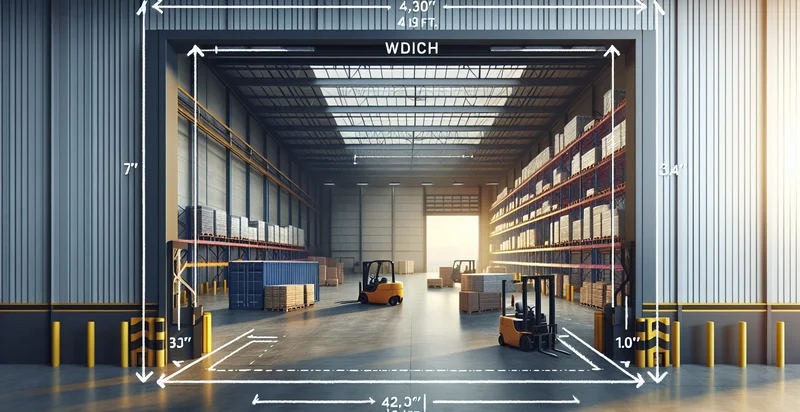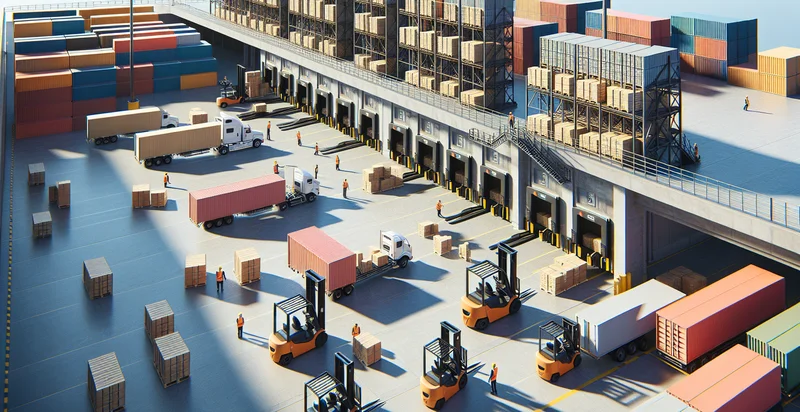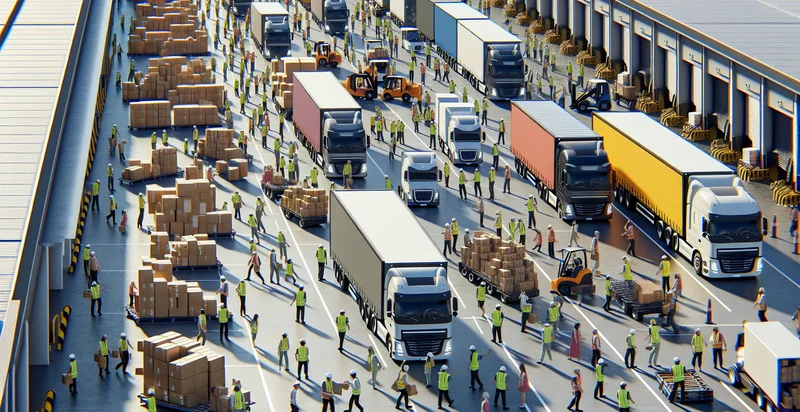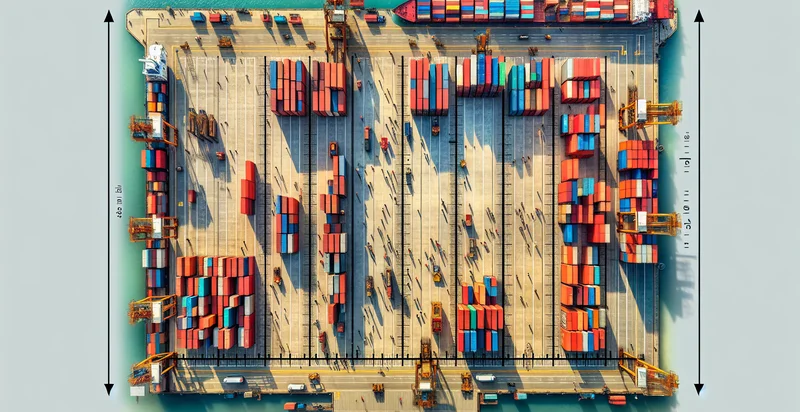Identify width of loading bay in feet
using AI
Below is a free classifier to identify width of loading bay in feet. Just upload your image, and our AI will predict the width of the loading bay in feet - in just seconds.

Contact us for API access
Or, use Nyckel to build highly-accurate custom classifiers in just minutes. No PhD required.
Get started
import nyckel
credentials = nyckel.Credentials("YOUR_CLIENT_ID", "YOUR_CLIENT_SECRET")
nyckel.invoke("width-of-loading-bay-in-feet", "your_image_url", credentials)
fetch('https://www.nyckel.com/v1/functions/width-of-loading-bay-in-feet/invoke', {
method: 'POST',
headers: {
'Authorization': 'Bearer ' + 'YOUR_BEARER_TOKEN',
'Content-Type': 'application/json',
},
body: JSON.stringify(
{"data": "your_image_url"}
)
})
.then(response => response.json())
.then(data => console.log(data));
curl -X POST \
-H "Content-Type: application/json" \
-H "Authorization: Bearer YOUR_BEARER_TOKEN" \
-d '{"data": "your_image_url"}' \
https://www.nyckel.com/v1/functions/width-of-loading-bay-in-feet/invoke
How this classifier works
To start, upload your image. Our AI tool will then predict the width of the loading bay in feet.
This pretrained image model uses a Nyckel-created dataset and has 51 labels, including 1 Foot, 10 Feet, 11 Feet, 12 Feet, 13 Feet, 14 Feet, 15 Feet, 16 Feet, 17 Feet and 18 Feet.
We'll also show a confidence score (the higher the number, the more confident the AI model is around the width of the loading bay in feet).
Whether you're just curious or building width of loading bay in feet detection into your application, we hope our classifier proves helpful.
Related Classifiers
Need to identify width of loading bay in feet at scale?
Get API or Zapier access to this classifier for free. It's perfect for:
- Warehouse Layout Optimization: Businesses can use the false image classification function to analyze existing loading bay dimensions against ideal standards. By identifying discrepancies in the widths, they can reorganize their layouts for improved efficiency in loading and unloading goods.
- Logistics Compliance Monitoring: Logistics companies could implement this function to ensure that loading bays meet the required width specifications for various types of vehicles. Compliance checks can prevent bottlenecks and enhance operational efficiency during transportation processes.
- Facility Design Evaluation: Architects and facility planners can leverage this classification to assess whether new building designs comply with industry standards for loading bay widths. This can help in creating safer and more efficient loading zones in new constructions.
- Inventory Management Systems: Integrating this function within inventory management platforms can help businesses track if current loading bay configurations are suitable for their inventory delivery timelines. It can assist in making adjustments for timely inventory turnover.
- Cost-Benefit Analysis of Upgrades: Companies can evaluate whether upgrading or modifying their loading bays is financially justified by assessing current use cases against the false classification output. Businesses can make data-driven decisions regarding expansion or retrofitting.
- Safety Compliance Checks: The function can assist safety auditors in evaluating if loading bays are sufficiently wide to allow safe operations. By identifying potential hazards, companies can take necessary actions to reduce workplace accidents.
- Automated Reporting for Facilities Management: Facilities management teams can utilize this classification feature to generate regular reports on loading bay dimensions in real-time. These insights can facilitate proactive decision-making and maintenance to ensure operational effectiveness.


